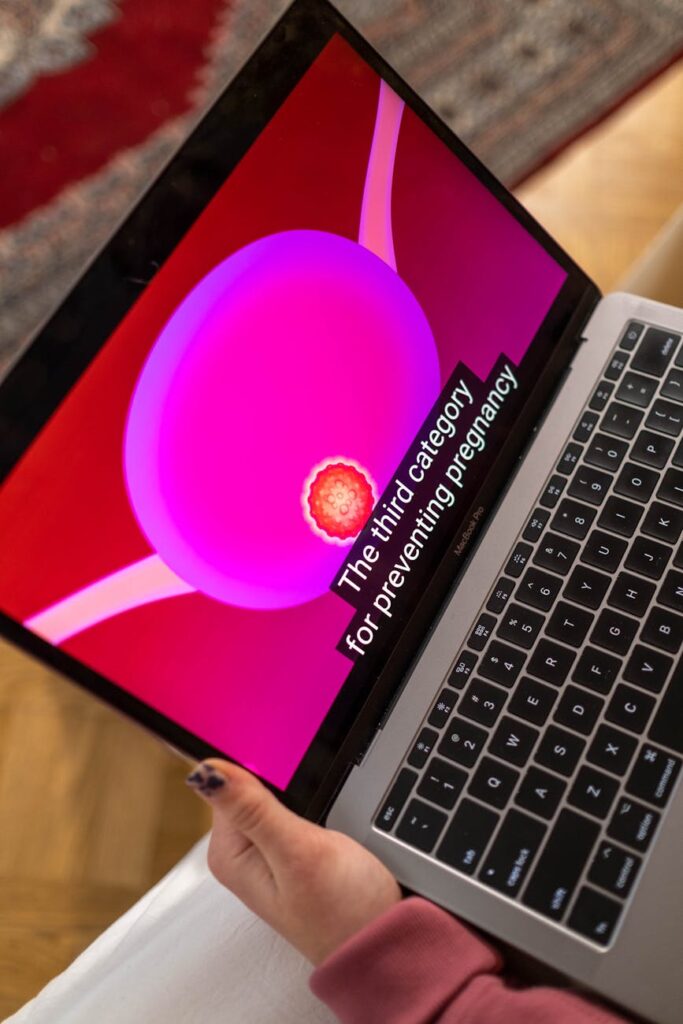In today’s era, videos have become a part of our everyday lives. Whether you’re watching a film, a tutorial video, or a promotional clip, subtitles play a role in ensuring that the content reaches a broader audience. They provide accessibility for individuals with hearing challenges, facilitate understanding for those who speak different languages, and assist viewers in noisy environments by displaying text.
For individuals embarking on projects that involve subtitles, the decision between using subtitle generators and opting for manual subtitling can be quite perplexing. Both methods come with their sets of pros and cons. This article delves into these two approaches to help you determine which one aligns best with your project requirements.
Automated Subtitling Tools: Efficient but with Limited Oversight
Automated subtitling tools are software applications specifically designed to generate subtitles for videos. These tools leverage speech recognition technology to transcribe the content of your video into written text swiftly and efficiently. They offer time-saving benefits by generating subtitles based on recognized speech patterns.
One major advantage of utilizing subtitling tools lies in their convenience. They can handle volumes of data quickly and provide you with pre-made subtitle files that you can easily incorporate into your video editing software.
Despite its convenience, a good subtitle generator can have some limitations in terms of accuracy and customization options. Since they depend on speech recognition algorithms, they may not accurately capture words or phrases that are spoken rapidly or pronounced with an accent. The generated subtitles may also contain spelling mistakes that require correction.
Another drawback of relying on subtitle generators is the lack of control or flexibility in terms of timing and formatting aesthetics. Each video has its pace and rhythm, so adjusting the timing between sentences manually can help align the subtitles with the on-screen action and ensure a smooth viewing experience.
Manual Subtitling: A Time-Consuming Process but Delivers Results
On the other hand, manual subtitling involves transcribing the audio content of a video and synchronizing it with the visuals manually. This approach allows you to have control over every aspect of your subtitles, customizing them to fit your video’s needs and context.
One of the advantages of manual subtitling is its precision. When people are directly involved in the process, there’s less chance of mistakes or inconsistencies in terms of grammar, spelling, or timing. Creating subtitles manually ensures that your audience receives a translated version of your content accurately.
Apart from being precise, manual subtitling also offers opportunities for creativity and personalization. You can adjust the timing between subtitle lines to improve flow and enhance understanding. Additionally, you have control over text formatting options like style, size, color, and on-screen placement. These customization choices can significantly enhance readability and make your subtitles visually appealing.
However, it’s worth noting that manual subtitling can be time-consuming, depending on the length of your video content. Transcribing every word manually demands attention to detail and patience. Therefore, if you’re working with deadlines or limited resources for this task, manual subtitling might not be a practical option.
Deciding Between Automated Tools and Manual Subtitling: Striking a Balance
When deciding between using subtitle generators or opting for manual subtitling methods for your project, there isn’t a one-size-fits-all solution. It depends on factors like budget limitations, time availability, quality standards required, and personal preferences.
For projects with deadlines or limited resources but relatively straightforward content that doesn’t require much customization or formatting options, using subtitle generators can be a practical choice. These tools can swiftly produce subtitles in multiple languages at a reasonable price.
On the other hand, if you’re tackling a project that demands higher quality standards or where precise synchronization with visual elements is crucial, manual subtitling may be the preferred route. The precision and creative freedom it provides ensure that your subtitles align seamlessly with the video content, enriching the audience’s viewing experience.
Conclusion
In summary, the decision between using subtitle generators and manual subtitling depends on factors such as project scale, time constraints, budget considerations, quality expectations, and customization requirements. By weighing these aspects and possibly adopting an approach that combines both methods to suit your specific project demands, you can ensure that your subtitles effectively cater to diverse viewers while upholding top-notch quality standards.

